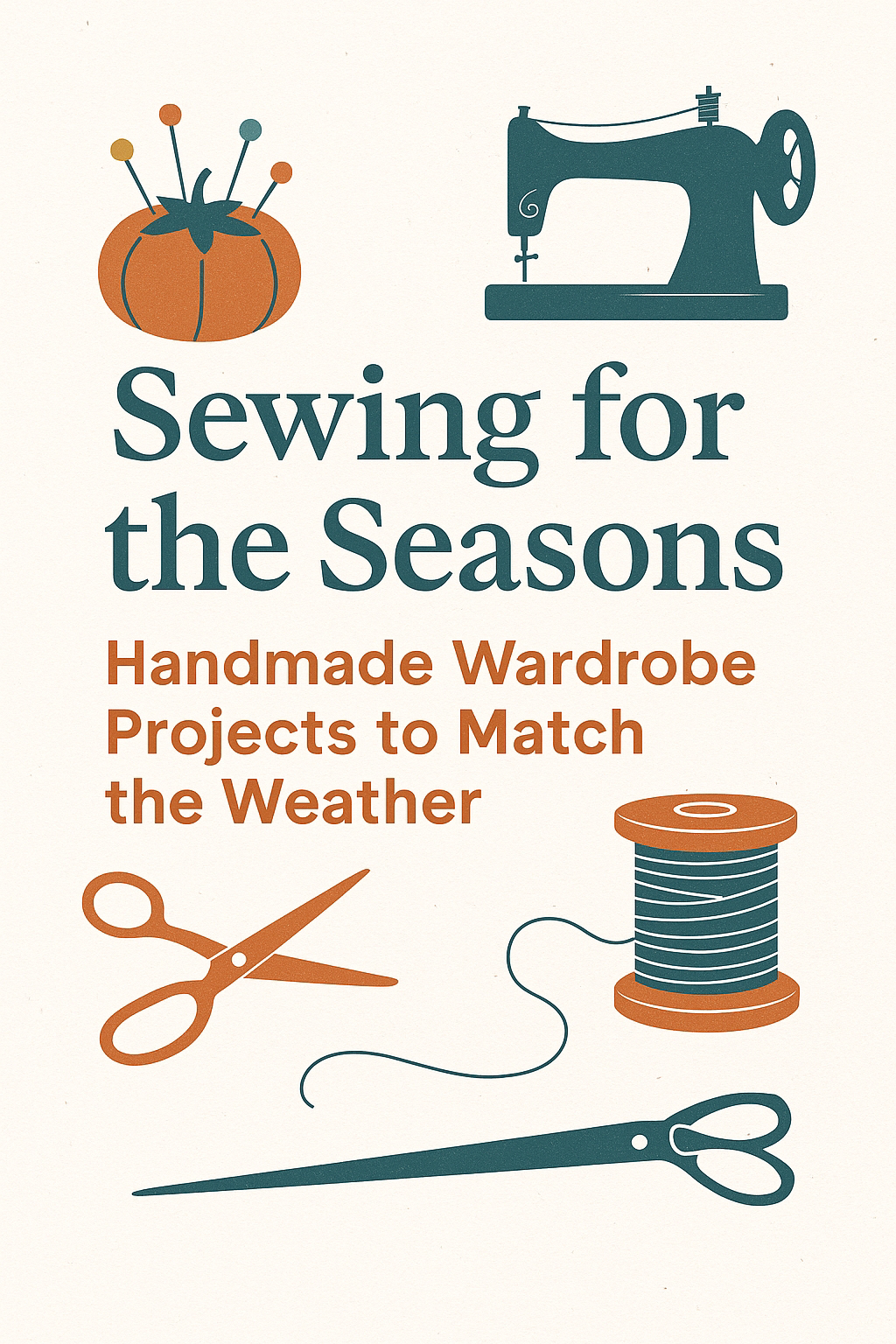✨ What Is Cross-Stitch?
Cross-stitch is a form of counted embroidery where X-shaped stitches are used to form a picture or design on even-weave fabric. It’s one of the simplest types of embroidery to learn and incredibly versatile—projects can range from tiny motifs to elaborate wall art.
🧺 What You’ll Need to Get Started
You don’t need a lot to begin, and most supplies are easy to find online or at your local craft store. Here's your beginner kit:
1. Aida Fabric
- This is the go-to fabric for beginners. It has a visible grid that makes counting easy.
- Start with 14-count Aida—it means there are 14 holes per inch, which is a good balance between detail and ease.
2. Embroidery Floss
- DMC is a popular brand, but any 6-strand cotton floss will do.
- Most patterns tell you exactly which colors and how many strands to use.
3. Needles
- Choose tapestry needles—usually size 24 or 26 for 14-count Aida.
- They have a blunt tip and a large eye, perfect for pulling floss through the fabric without damaging it.
4. Embroidery Hoop (Optional but Helpful)
- Hoops keep your fabric taut and your stitches more even.
- A 6-inch plastic hoop is perfect for most starter projects.
5. Small Scissors
- Any sharp pair will do, but embroidery scissors with a fine point give you the most control.
6. A Pattern
- Start with a small, beginner-friendly chart—plenty of free ones are available online!
- Choose one with a limited number of colors and no backstitching for your first project.
🪡 How to Start Your First Project
1. Prep Your Fabric
- Cut your fabric a few inches larger than your pattern on all sides.
- Find the center by folding it in half both ways—you’ll usually start stitching there.
2. Thread Your Needle
- Separate out the number of strands your pattern recommends (usually 2).
- Don’t knot the end—cross-stitch uses a “loop start” or weaving-in method to secure threads.
3. Follow the Chart
- Use the grid and symbols to know which colors go where.
- Work in small blocks and make sure all your top stitches (the second arm of the “X”) face the same direction for a neat finish.
🧼 Finishing Touches
When you’ve finished stitching:
- Gently wash your fabric in lukewarm water with a mild soap.
- Let it air dry flat, and then press it face-down on a towel with a warm iron.
Frame it, turn it into a bookmark, or stitch it onto a tote—there are endless ways to show off your work!
💡 Final Tips
- Don’t stress if it’s not perfect. Every stitcher miscounts now and then!
- Use highlighters or digital tools to mark your place on your pattern.
- Take breaks—cross-stitch should feel calming, not stressful.
Whether you're brand new to needlecraft or returning after a long break, cross-stitch is a beautiful way to bring art into your everyday life—one little “X” at a time. ✨



